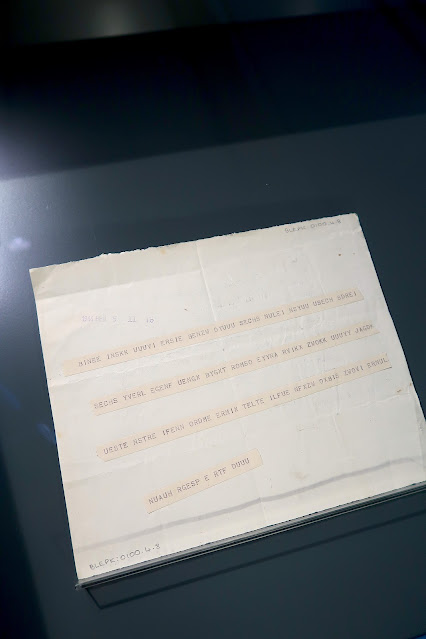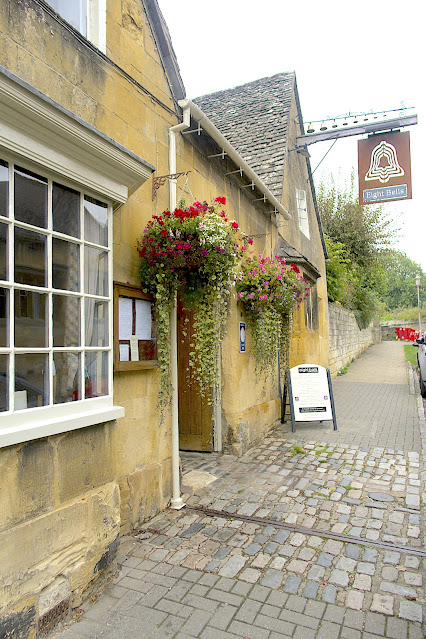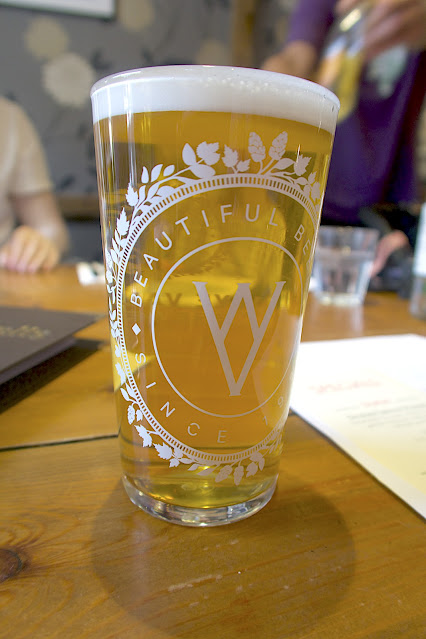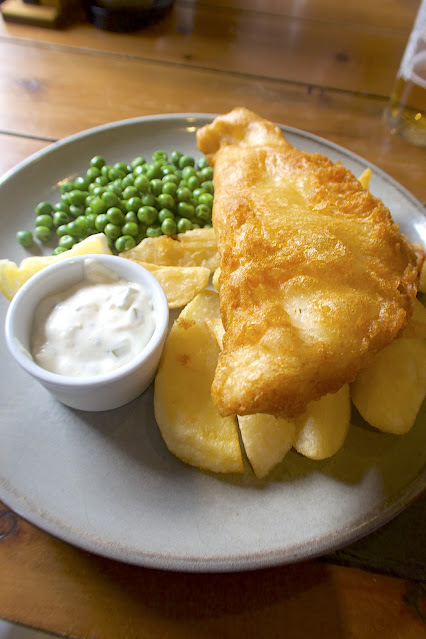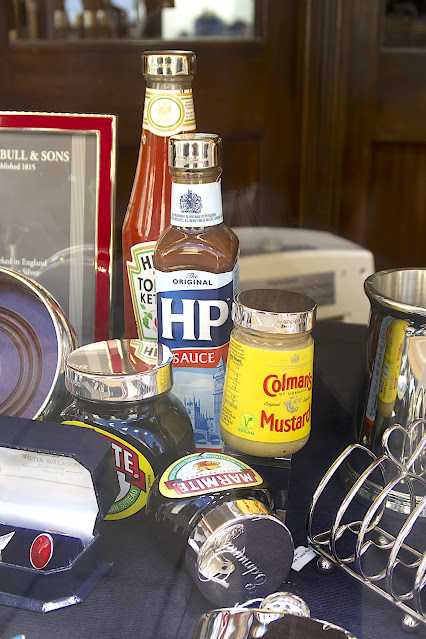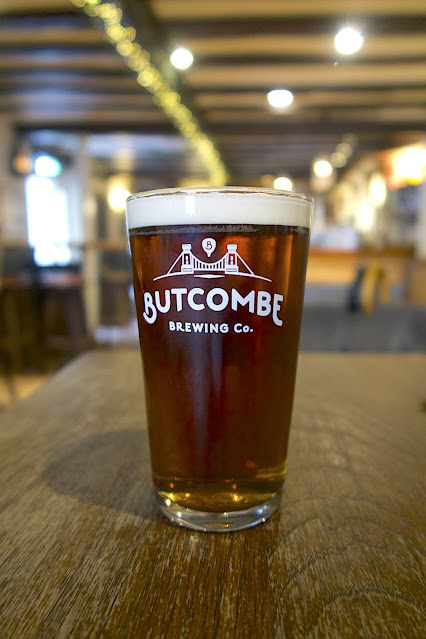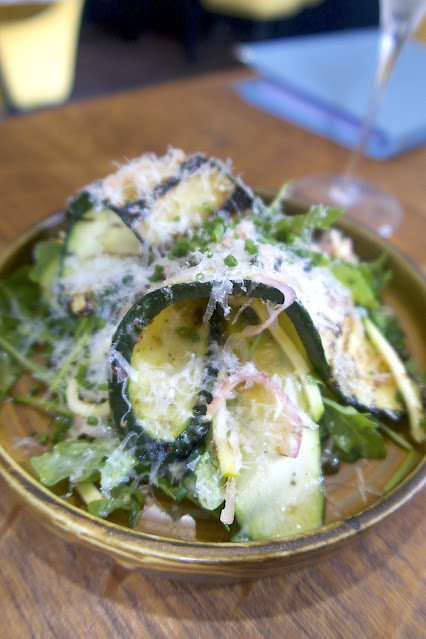The name Bletchley Park will forever be linked to WWII codebreaking exploits and revered as the birthplace of modern computing. The historic estate near Milton Keynes was Britain's main codebreaking centre during the war, famous as the place where Alan Turing and Gordon Welchman, among others, broke the 'unbreakable' Enigma machine code and helped shorten the war by several years, feats brought to life in the popular film, 'The Imitation Game'.
After decades of secrecy, Bletchley Park is now open to the public, and visitors can see how the codebreakers lived and worked, and view the largest collection of historic computers in the National Museum of Computing. Having wanted to visit Bletchley park for years, I was thrilled to finally visit the once top-secret home of the World War Two codebreakers who decrypted the Enigma machine.
Acquired in 1938 by the Head of MI6 to be a wartime intelligence station designated as Station X, the station had only 200 workers at the start of the war, but by late 1944 it had a staff of nearly 9,000, working in three shifts around the clock. Experts at crossword-puzzle solving and chess, as well as mathematicians and scientists, were among those who were hired. About three-fourths of the workers were women.
Bletchley Park was set up to decode intercepted Nazi messages, some of which had been encrypted using Enigma machines. These devices typically changed settings every 24 hours and with 159 quintillion possible combinations every day, the staff at Bletchley Park worked around the clock to break the settings by hand. To facilitate their work, a mechanical code-breaking method for identifying the keys was needed and Alan Turing designed the Bombe to speed up the process.
Later on, in January 1944, came Colossus, an early electronic computer with 1,600 vacuum tubes. The manor house was too small to accommodate everything and everyone, so dozens of wooden outbuildings had to be built. These buildings were called huts, although some were sizable. Turing was working in Hut 8 when he and his associates solved the Enigma. Other new buildings were built from cement blocks and identified by letters, such as Block B.
Despite the vital importance of the work, Bletchley Park still had trouble getting sufficient resources. Therefore, in 1941 Turing and others wrote a letter directly to Prime Minister Winston Churchill, who promptly ordered his chief of staff to “make sure they have all they want on extreme priority and report to me that this has been done.” Operations were carried out under an injunction of strict secrecy that was not lifted even after the war ended. Only in 1974, when Frederick William Winterbotham received permission to publish his memoir, The Ultra Secret, did the world begin to learn what had been achieved at Bletchley Park. The property is now maintained as a museum.
Enigma Machine, the famous encryption machine used by the Germans
during WWII to transmit coded messages
About 7,500 women worked in Bletchley Park,
the central site for British cryptanalysts during World War II
and for good reasons, no one knew what anyone else was doing
which we see now — but was totally secret at the time
Enigma was a cipher device used by the German military during World War II to encrypt secret communications, and consisted of a series of rotors that scrambled letters, making messages unreadable to anyone who did not have the proper settings to decode them
Babble sample
that under the aegis of MI6 radio amateurs were recruited as secret listeners and played an important part in intercepting German radio transmissions, which were sent to Bletchley for decoding
was just as secret as Bletchley Park during the war but nowadays is little-known or recognised
Signage was very helpful to find which huts to go visit
Typex machines were used once the codebreakers had worked out the Enigma settings,
then the machine was adjusted and the deciphered message came out as a long strip of paper
that sped up the process of breaking the day’s Enigma settings
The Bombe featured multiple drums allowing for potential settings thus speeding up
the process of breaking the day’s Enigma settings
but has now been reconfigured as 'Hut 4 Café'
Bletchley Park was purchased in 1938 by the Head of MI6 to be a wartime intelligence station
under the guise of "Captain Ridley's shooting party"
The British Government made Bletchley Park a station of the
Government Code and Cypher School (GC&CS) and designated as Station X
The manor house was too small to accommodate everything and everyone, so dozens of wooden outbuildings had to be built which were called huts, although some were quite large
Sir Hugh Sinclair's office in the main house
A lending library in the main house was available to all at Bletchley
for casual reading during their time off
The Stable Block at Bletchley, where Alan Turing had an office
as a mobile wireless unit
‘It is impossible to overstate
the deep sense of admiration, gratitude and national debt that we owe
to all those men and, especially, women. They were called to this place in the greatest of secrecy – so much so that some of their families
will never know the full extent of their contribution.’








